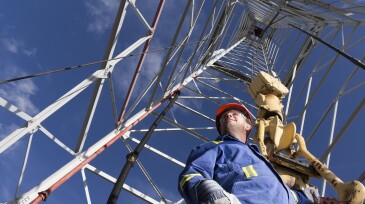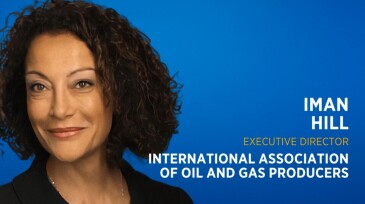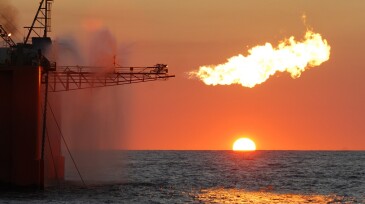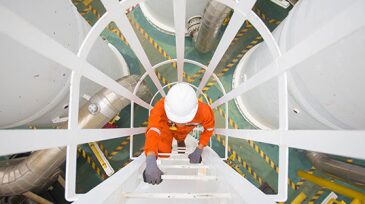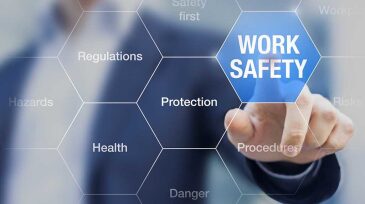International Association of Oil and Gas Producers
-
The International Association of Oil and Gas Producers has published its annual safety report for 2021. The report shows an increase in fatalities to 20 from 14 in 2020.
-
The goal of the guidance—created by IPIECA, the oil and gas association for advancing environmental and social performance, and the International Association of Oil and Gas Producers—is to provide occupational hygienists and health, safety, and environment managers in the energy industries with advice on how workplace lighting can limit circadian disruption and promot…
-
During a fireside chat on SPE Live, Iman Hill, the executive director of the International Association of Oil and Gas Producers, discussed market recovery, the energy transition, diversity in the oil and gas industry, and the future of the industry.
-
The new guidance provides oil and gas companies, governments, and regulators with a practical framework to end flaring and use the gas as an energy resource.
-
The number of fatalities reported to the International Association of Oil and Gas Producers was down by half from the total in 2019.
-
The groups have issued a joint position statement on the usage of vaccines in the workplace, recommending that oil and gas companies optimize access to the vaccines for workers.
-
The newly released document outlines the main types of tests available and examines approaches to isolation and quarantine for suspected and confirmed cases of COVID-19 in oil and gas industry workplaces.
-
The 2020 tally from the International Association of Oil and Gas Producers shows that fatalities decreased from the previous year.
-
Many countries allow controlled discharge of drill cuttings to the marine environment, provided that operators comply with regulations designed to address potential environmental impacts. A new document released by the International Association of Oil and Gas Producers provides information on the potential environmental and nonwater-quality effects of controlled drill…
-
The paper examines the potential for larger and more-complex facilities to be converted to a mostly unattended status.

